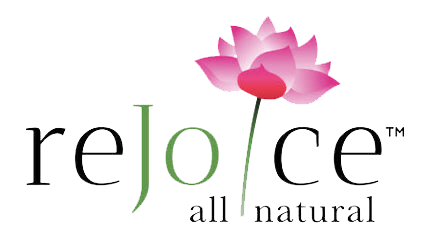Welcome! Thank you for choosing Rejoice All Natural.
Let me give you a brief introduction to why and how did Rejoice tea masala come into existence.
Born in the land of Ayurveda, being surrounded by spices was nothing unusual for me. Not only were these spices omnipresent in every kitchen, placed strategically in the spice box (masala dani), they also had a significant role to play in our medicine cabinet.
It was not very common to rush to the doctor for every cold and cough or stomach ache. Our mothers were our first responders. And their lab was their herb cabinet. They made the strong concoction of herbs prepared and customized to each illness, the results were certain and without any side effects. Now that’s something to rejoice.
Blessed with this immortal wealth of knowledge about spices, I moved to the United States. The biggest obstacle was to find these traditional recipes and ingredients and then to use and prepare them. The quest resulted in the long-distance calls to my mother in India to procure the recipes which resulted in huge phone bills, but seriously, looking back it was worth every penny. Never imagined these spices would actually become another reason to love my mother even more.
In 1999, I became a mother. Oh boy! Was I on top of the world when I first held my son. But, with this elated happiness dawned a sense of responsibility. Now it was my turn to nourish my son and later my daughter with healthy foods. I was now the bridge between my mother and my children to pass on this wisdom. Phew, too much pressure! But, needless to say, it all came naturally. Customizing, improvising and introducing these spices in variety of ways into our daily routine has become my passion.
Inspiration from Ayurveda
Embark on an Ayurvedic journey with Rejoice All Natural – where each product is a testament to the ancient wisdom of Ayurveda. From soothing candles to aromatic hand soaps and flavorful masalas, our offerings are infused with the holistic principles of Ayurveda. Immerse your senses in the therapeutic essence of time-honored herbs and spices. Elevate your daily rituals with products designed to harmonize mind, body, and spirit. Experience the transformative power of Ayurveda in every element of your routine. Welcome to a sanctuary of well-being, where ancient wisdom meets modern bliss.
-
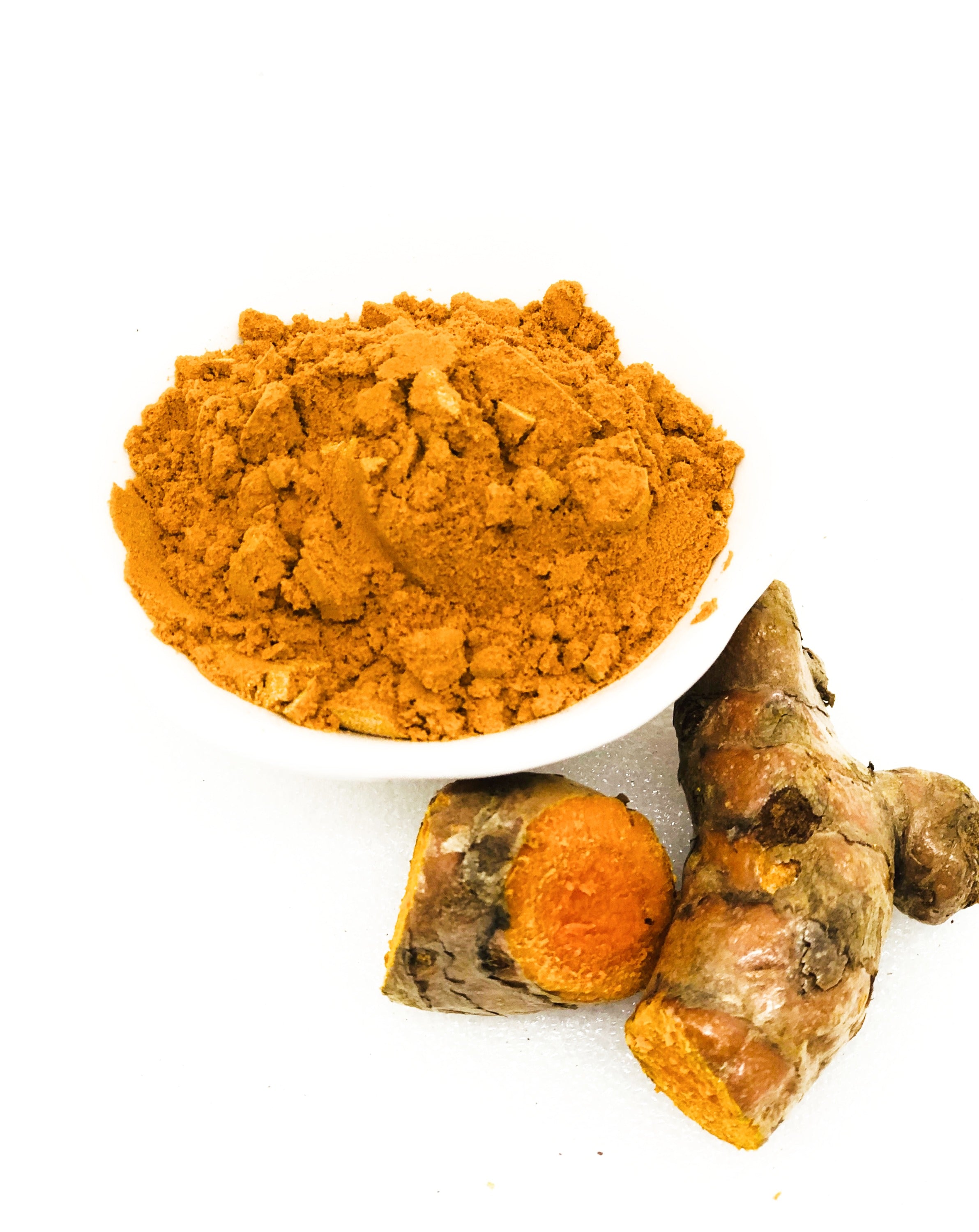
Turmeric
It is also known as the Golden Spice or the Indian Safforn. Turmeric is a naturalplant that has been used widely since the Vedic times for various purposes. It has a longhistory of medicinal use, used in cooking and also holds religious significance. Turmericis a rhizome (underground root stem) of the leafy Curcuma longa plant, which isindigenous to India and cultivated in tropical countries like Burma and Indonesia.
Benefits: Curcumin, a compound in turmeric has Anti-Inflammatory, Anti-Cancer, Brain Health Boosting, Gut Healing, Anti-Anxiety, Anti-Alzheimer. Turmeric can also benefit skin conditions including eczema, psoriasis and acne. -
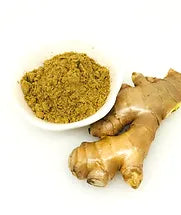
Ginger
Ginger is a flowering plant and its official name is Zingiber officinale. It belongs to the Zingiberaceae family, and is closely related to turmeric. The rhizome (underground part of the stem), it is often called ginger root, or simply ginger. The root is spicy and peppery in flavor, with loads of medicinal properties. It is the part commonly used as a spice in culinary and clinical applications.
Benefits: Ginger is a popular spice. It is high in gingerol, a substance with powerful anti-inflammatory and antioxidant properties. It has been used to help digestion, reduce nausea and help fight the flu and common cold, to name a few.
-
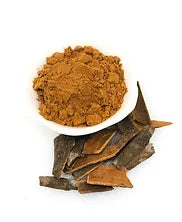
Cinnamon
It is an ancient spice obtained from the inner bark of several evergreen tree species from the genus Cinnamomum. The most popular types of cinnamon are native to Sri Lanka. Ceylon cinnamon also called “True Cinnamon” comes from the Cinnamomum verum tree. The cinnamon you have in your kitchen cabinet is more likely to be Cinnamomum cassia, which is native to China and the most Commonly sold to United States and Canada. It’s best to use Ceylon (Not Cassia) Cinnamon.
Benefits: Cinnamon’s unique healing properties comes from the essential oils present in it’s bark. Cinnamon is loaded with powerful antioxidants, anti-diabetes, anti-inflammatory, anti-Microbial (bacterial, fungal, viral ), anti-cancer, female hormone cycle regulator. Cinnamon can be used as a natural food preservative.
-
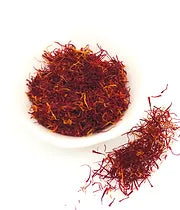
Saffron
Saffron is a spice derived from the flower of Crocus sativus, commonly known as the "saffron crocus". It is made up by drying the crimson stigma called threads, andused mainly as a seasoning and coloring agent in food. Saffron has long been the wworld's most costly spice by weight. The origin of spice between Greece and Iran is still unclear but according to the data Iran now accounts for approximately 90% of the world production of saffron, followed by Kashmir, Afghanistan France and Spain.
Benefits: The compound, Crocin, found in saffron acts as an anti-depression, anti- anxiety, anti-OCD, anti-cancer, anti-PMS. The combination of saffron with curcumin from turmeric reduced symptoms of depression and mild to moderate obsessive compulsive disorder (OCD).
-
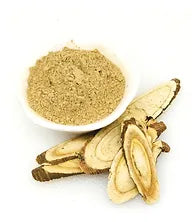
Licorice
The word “licorice” refers to the root of a plant called Glycyrrhiza glabra. It’s native to Middle East, southern Europe, and parts of Asia, such as India The early Egyptians loved licorice root. Licorice traveled to China where it became an important herb in Chinese medicinal tradition. Licorice can be obtained in many forms, including herbal teas, candies, capsules of dried herb, powder and liquid extract.
Benefits: Licorice root contains a compound called Glycyrrhizic acid. Glycyrrhizin is a sweet tasting part of the licorice root. It has been used to soothe gastrointestinal problems. Due to its anti-inflammatory and immune boosting properties Licorice root has been used in a variety of ways for medicinal purposes for food poising, stomach ulcers, heartburns, sore throat. People who have high blood pressure or low potassium levels should avoid licorice candy and glycyrrhizin supplements altogether. Herb can be mixed with skin friendly gel such as aloe vera and be used for eczema and acne.
-
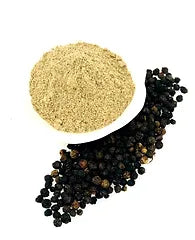
Black Pepper
If Cardamom is the “Queen of spices”, Black Pepper has earned the title “King of spices”. The peppercorn is the fruit of the flowering vine Black pepper (Piper nigrum). Peppercorns get their spiciness from a chemical called piperine that is found in the fruit and seed of the peppercorn. The vine is native to India but is grown in nearly every tropical region. Both ground dried and cooked peppercorns are most commonly used as a spice and seasoning in our recipes both for flavor and traditional medicine. Black pepper is the world's most traded spice.
Benefits: Black pepper is manganese rich which is important for blood sugar maintenance, the compound Piperine present in pepper fights body fats, anti-cancer, anti-inflammatory, antibacterial, enhances digestion, mood and brain health, and it enhances curcumin absorption, making it more readily available to be used by your body.
-
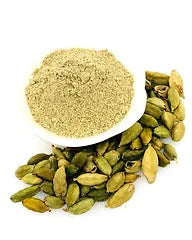
Cardamom
It is known as the “Queen of spices”. Cardamom is an ancient spice used for over 4000 years as a remedy in the Indian Ayurvedic medicinal system, Traditional Chinese and Egyptian healing. It comes in the form of tiny black seeds covered in green or black pod. It is derived from several plants in the ginger family. Cardamom is an expensive spice, second only to saffron. Nevertheless, adding cardamom to your cooking may be a safe and effective way to improve your health.
Benefits: Its anti-invective properties have been used for the teeth, gums, mouth freshener, digestive aid, anti-nausea, antibacterial and improves anxiety.
-
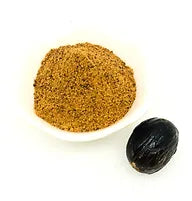
Nutmeg
Nutmeg is the seed or ground spice of several species of the Myristica. Myristica fragrans is a dark-leaved evergreen tree cultivated for two spices derived from its fruit: nutmeg (from its seed), the spice has a distinctive pungent fragrance and a warm slightly sweet taste and mace, (from the seed covering), on the other hand has a milder,
gentler aroma.Benefits: Nutmeg is known for its antibacterial, anti-cancer, its ability to relieve pain, soothe indigestion, detoxify the body, boost skin health, reduce insomnia, increase immune system function, and improve blood circulation.
-
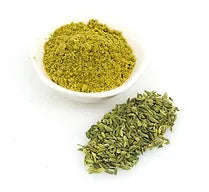
Fennel
Foeniculum vulgare Mill. Plant Family: Apiaceae. Fennel was highly valued in the ancient world by Romans, Greeks, Egyptians, Chinese, and Indians. Fennel is a yellow green, faintly ribbed seed from a tall hardy perennial. The entire plant can be consumed: the bulb, stem, seeds, leaves and the pollen. Fennel is a food plant that can be eaten as a vegetable, is prized as a tasty aromatic spice for a variety of Ayurvedic and Mediterranean dishes. Due to its gentle nature fennel is used to support digestion in infants and children, and can be given to nursing mothers.
Benefits: Fennel is well known for its digestive capacity, may reduce heartburn and flatulence. In India toasted fennel is often taken after a heavy meal to aid digestion. It is also good as an anti-cancer, antibacterial and anti-depressant. It is also believed that fennel had the power to increase breast milk supply.
-
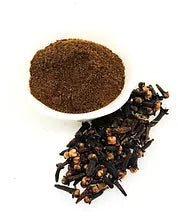
Clove
Cloves are the aromatic flower buds of a tree in the Myrtaceae family. They are native to the Maluka islands in Indonesia. Historically cloves were used as a mouth freshener, an anti-bacterial, anti-repellent and to relieve pain. It is most commonly used as a spice to give aromatic and flavor qualities in many cuisines around the world for cooking and in teas.
Benefits: cloves contain fiber, valuable vitamins and minerals, so using whole or ground cloves to your food can provide some important nutrients. Cloves are rich in antioxidants, vitamin C, toothache and dental pain. Many of the health benefits of clove oil are thought to result from its analgesic, anti-inflammatory, and antibacterial effects.
